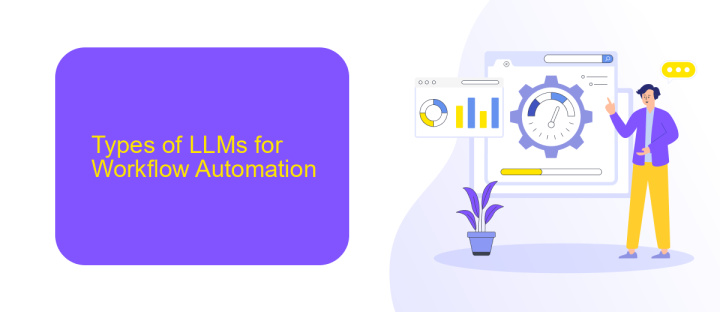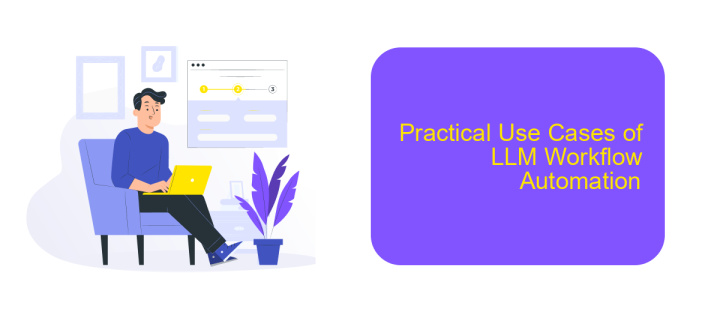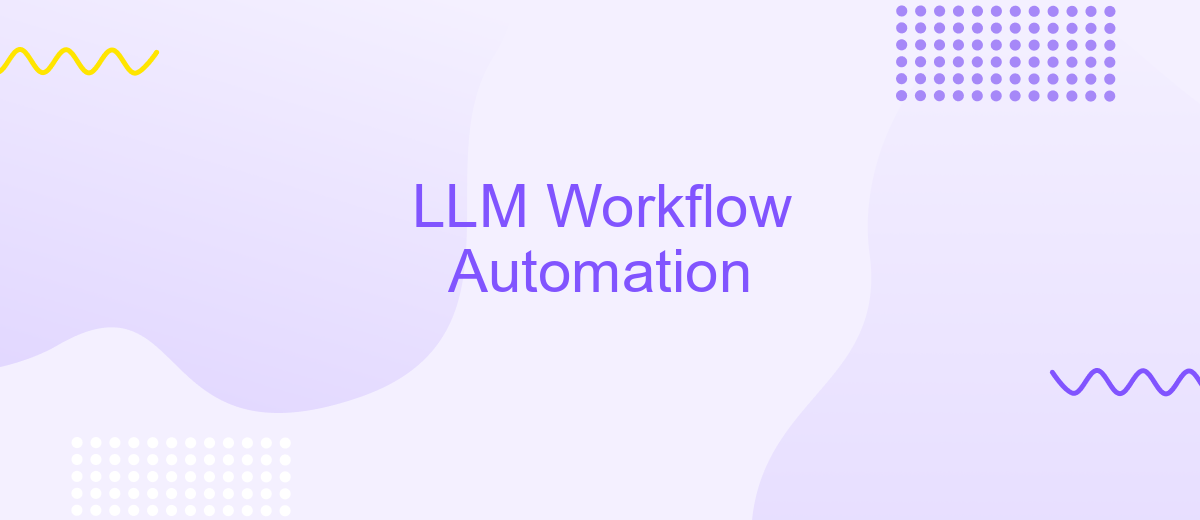LLM Workflow Automation
In today's fast-paced legal environment, efficiency and accuracy are paramount. LLM Workflow Automation leverages advanced technologies to streamline legal processes, reducing manual tasks and minimizing errors. By automating routine workflows, legal professionals can focus on higher-value activities, enhancing productivity and client satisfaction. Discover how LLM Workflow Automation is transforming the legal landscape and driving innovation in law firms worldwide.
Introduction to LLM Workflow Automation
LLM Workflow Automation is revolutionizing how businesses manage their processes by leveraging the power of large language models. It offers a streamlined approach to automating repetitive tasks, reducing human error, and increasing efficiency. This technology is particularly beneficial for industries that rely heavily on data processing and decision-making.
- Automates repetitive tasks to save time and resources
- Reduces human error by standardizing processes
- Enhances decision-making with data-driven insights
- Integrates seamlessly with existing systems
- Scales easily to accommodate growing business needs
One of the key components of LLM Workflow Automation is its ability to integrate with various software and platforms. Services like ApiX-Drive facilitate these integrations by providing a user-friendly interface to connect different applications. This ensures that data flows smoothly between systems, enabling businesses to fully leverage the capabilities of LLMs for optimal performance.
Types of LLMs for Workflow Automation

Large Language Models (LLMs) play a crucial role in automating workflows by understanding and generating human-like text. There are several types of LLMs that can be leveraged for this purpose. One common type is the general-purpose LLM, such as GPT-4, which can handle a wide range of tasks from drafting emails to generating reports. These models are versatile and can be fine-tuned for specific industries or tasks, making them highly adaptable for various workflow automation needs.
Another type is the domain-specific LLM, which is trained on specialized datasets to perform tasks in particular fields, such as legal, medical, or financial sectors. These models provide more accurate and relevant outputs within their domains. Integration services like ApiX-Drive can be utilized to seamlessly connect these LLMs with existing tools and platforms, ensuring smooth and efficient workflow automation. ApiX-Drive simplifies the integration process, allowing businesses to focus on optimizing their operations without worrying about technical complexities.
Benefits and Challenges of Using LLMs for Workflow Automation

The use of Large Language Models (LLMs) for workflow automation offers numerous benefits, including increased efficiency, reduced human error, and the ability to handle complex tasks with minimal supervision. These models can process and analyze vast amounts of data quickly, providing valuable insights and automating repetitive tasks, which allows human workers to focus on more strategic activities.
- Efficiency: LLMs can streamline processes, reducing the time required to complete tasks.
- Accuracy: Automation minimizes the risk of human error, ensuring more reliable outcomes.
- Scalability: LLMs can easily scale to handle increased workloads without significant additional resources.
- Integration: Tools like ApiX-Drive facilitate seamless integration of LLMs with existing systems, enhancing their utility.
However, challenges such as the need for substantial computational resources, potential biases in data, and the complexity of setting up and maintaining these systems must be addressed. Ensuring data privacy and security is also a critical concern. Despite these challenges, the benefits of using LLMs for workflow automation make them a valuable asset in modern business processes.
Practical Use Cases of LLM Workflow Automation

Large Language Model (LLM) Workflow Automation offers a myriad of practical applications across various industries. By leveraging the power of natural language processing, these models can significantly streamline and enhance operational efficiency.
One common use case is in customer service, where LLMs can automate responses to frequently asked questions, freeing up human agents for more complex tasks. Additionally, they can be employed in content creation, automatically generating reports, articles, and other documents based on predefined parameters.
- Customer service automation
- Content generation
- Data analysis and reporting
- Task management and scheduling
Integrating LLMs into existing workflows can be simplified with services like ApiX-Drive, which facilitate seamless connections between various applications and platforms. This allows businesses to automate repetitive tasks, ensuring data consistency and reducing the potential for human error. Ultimately, LLM Workflow Automation can lead to more efficient processes and a significant reduction in operational costs.
Future Trends and Developments in LLM Workflow Automation
As we look to the future of LLM workflow automation, the integration of advanced AI technologies will be pivotal. Emerging trends suggest a shift towards more seamless and intelligent automation processes, driven by machine learning and natural language processing advancements. This evolution will enable systems to understand context and intent more accurately, resulting in more efficient and adaptive workflows. Additionally, the rise of no-code and low-code platforms will empower users with minimal technical expertise to customize and optimize their LLM workflows.
Moreover, the development of integration services like ApiX-Drive will play a crucial role in this transformation. These platforms facilitate the connection between various tools and applications, streamlining the automation process. ApiX-Drive, for instance, offers a user-friendly interface to set up integrations without the need for extensive coding knowledge, making it accessible for a broader audience. As these technologies continue to evolve, we can expect LLM workflow automation to become more intuitive, efficient, and accessible, driving significant improvements in productivity and innovation.
- Automate the work of an online store or landing
- Empower through integration
- Don't spend money on programmers and integrators
- Save time by automating routine tasks
FAQ
What is LLM Workflow Automation?
How can LLM Workflow Automation benefit my business?
What types of tasks can be automated using LLMs?
How do I integrate LLM Workflow Automation into my existing systems?
Is LLM Workflow Automation secure and compliant with data privacy regulations?
Apix-Drive is a universal tool that will quickly streamline any workflow, freeing you from routine and possible financial losses. Try ApiX-Drive in action and see how useful it is for you personally. In the meantime, when you are setting up connections between systems, think about where you are investing your free time, because now you will have much more of it.


